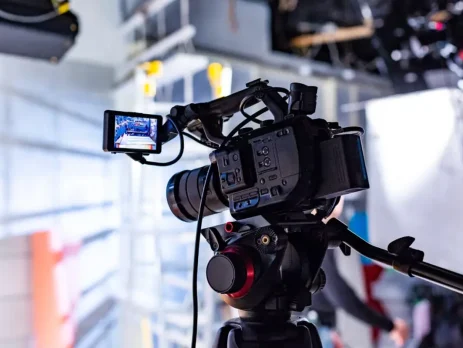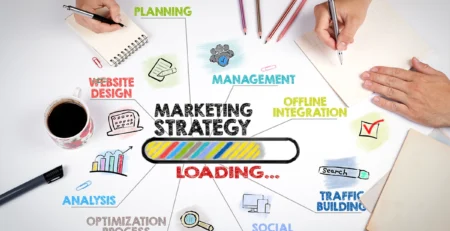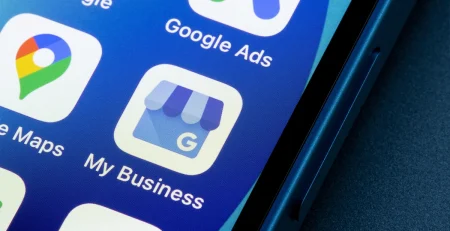A picture is worth a thousand words…… or that is what we have come to know in marketing since Freddrick R. Barnard reportedly first coined the term back in 1921. He noted that an illustrated image or photograph could tell the same story as descriptive text in a smaller space. This has become a staple in the marketing industry and is why we see images incorporated into just about everything we consume on a day-to-day basis.
So why are many marketing agencies and brands moving to video to get their message across? Video marketing started to work its way into the fold back in 2005 with the launch of YouTube. The following year Google purchased Youtube, and by 2009 they had implemented seven different ad formats on the platform. Since then many other companies have entered the space and only further pushed the dominance of video in marketing. The ever-growing technology within smartphones has allowed video content to be more easily produced than ever before. Coupling this with the boosted online media consumption seen from the start of the pandemic till now (215% Increase in the U.S.) has the average person watching 19 hours of online video a week. So in an industry where we are always trying to follow attention, it’s easy to see why video marketing is exploding more than ever.
Finding consumers’ attention can feel a lot like the old carrot on the stick trick, perpetually trying to predict how people find things online. Most of the time it’s by using some sort of search engine to query what they are looking for. When you think about search engines and how people search for things online, Google, Yahoo, MSN, and Bing all come to mind immediately. However, most people are surprised to know YouTube is the second largest search engine, amassing over 2 billion monthly users and feeding over one billion hours of video to users each day. A platform that is almost exclusively video driven being the second largest way people find what they are looking for is a hard metric to ignore. Now, this isn’t to say image ads are obsolete because they are not and are actually far from it, but they have their own use where they shine. Images can be consumed faster, this allows you to get a snappy and concise message to a consumer without needing a ton of time to do so whereas a 15-second video might be something they don’t have time for at that moment. However, a video ad gives you a much easier way to educate them about what your business does and show them tangible products or solutions to their problems.
Understanding the different forms of content and how potential customer engagement varies with them is a crucial part of creating a marketing strategy. Once you’ve figured that out it’s clear to see why video marketing has continued growth year after year. Videos require more attention from a consumer to get the message across which can seem scary in such a fast paced world when you look at things with a narrow scope. However, there is some truth in stating people are more likely to purchase things or perform an action with a company they like and trust. Keeping that in mind, companies that use video campaigns to educate their audience about what they do tend to generate a much more authentic connection with them increasing the trust in the brand and ultimately increasing the customer acquisition rate.
With that in mind, why would higher customer acquisition rates appeal to Ad Platforms? TikTok, Facebook, Instagram, Twitter, and many other ad platforms are constantly learning what people are engaging with. These companies of course make money from advertisers placing ads on their respective platforms. It’s safe to say the content that keeps consumers engaged and on the platform as long as possible is what is most desirable for them. The longer someone spends on a platform the more potential ads they can be served, and the more ads they are served, the more money the platform makes. This means these platforms are starting to prioritize video content more as it keeps people within the platform longer and tends to create more engagement compared to its written or static counterparts. This has led to new and creative ways of connecting with your audience as a business. There has been a colossal shift in consumers’ expectations and demands of a brand as they desire a more intimate connection with a brand to create brand loyalty now more than ever before. Companies that have figured out how to use video content to engage with their audience and reconceptualize every consumer interaction with the brand are the ones that are growing fast in this “Experience Economy”. TikTok for example has been a game changer for a lot of companies with how trendy the app is. Companies taking advantage of a trend on the platform are able to position themselves in a way where they co-exist in the consumer’s everyday lives. Having a natural engagement that feels less forced by a brand without the intent to convert into a sale has been a key factor in companies creating great brand loyalty.
Professional Media Services has the knowledge of all of these concepts and an understanding of the industry trends which allows us to really create a unique and diverse marketing plan for our clients. Tapping into the power of video and allowing yourself or your company to really be vulnerable with your customers could yield a whole new level of brand loyalty and revenue you didn’t know existed.
If you don’t already have a 2023 marketing plan or are interested in generating video ideas to see how they can help push your business to the next level, call or email us to set up an appointment today!






